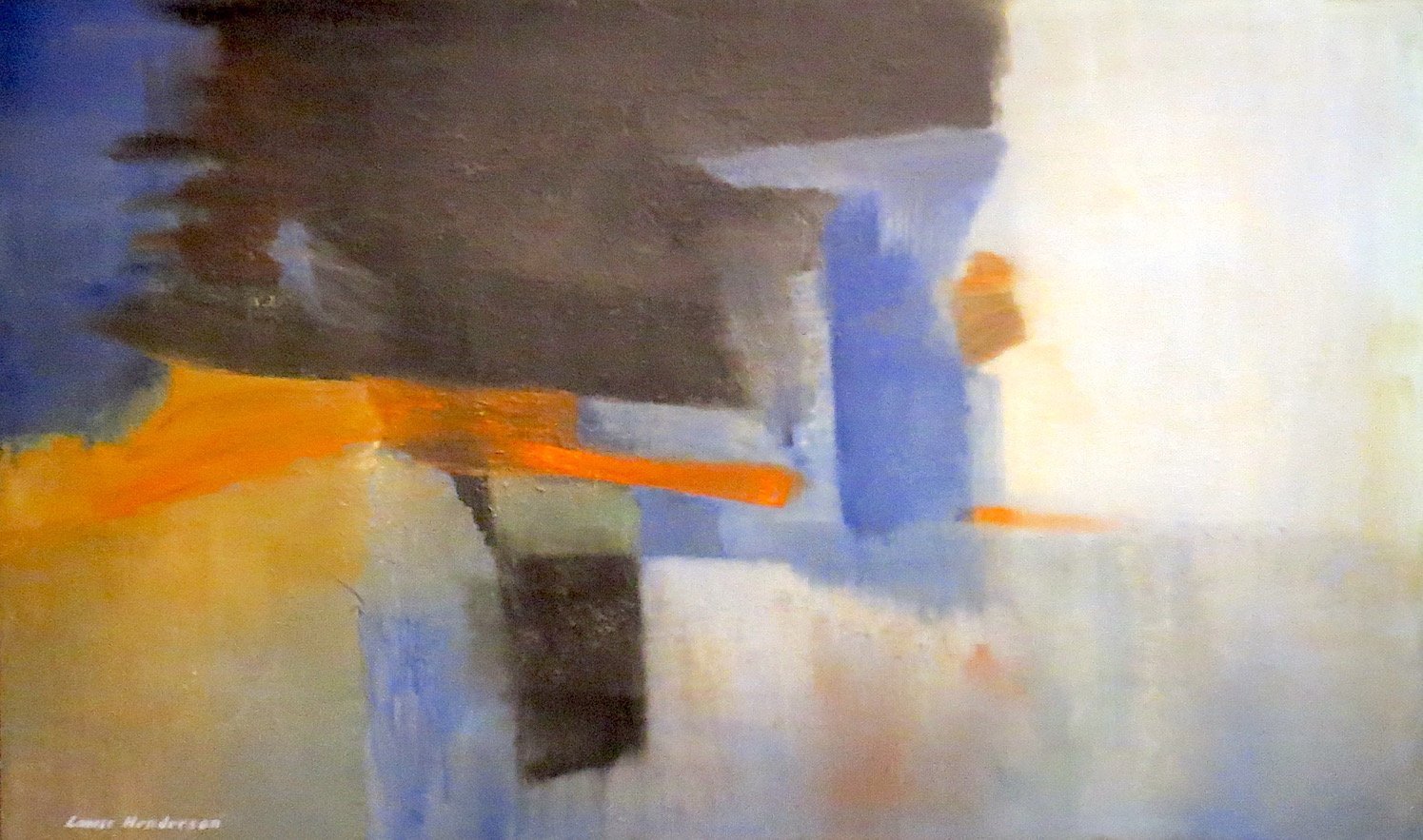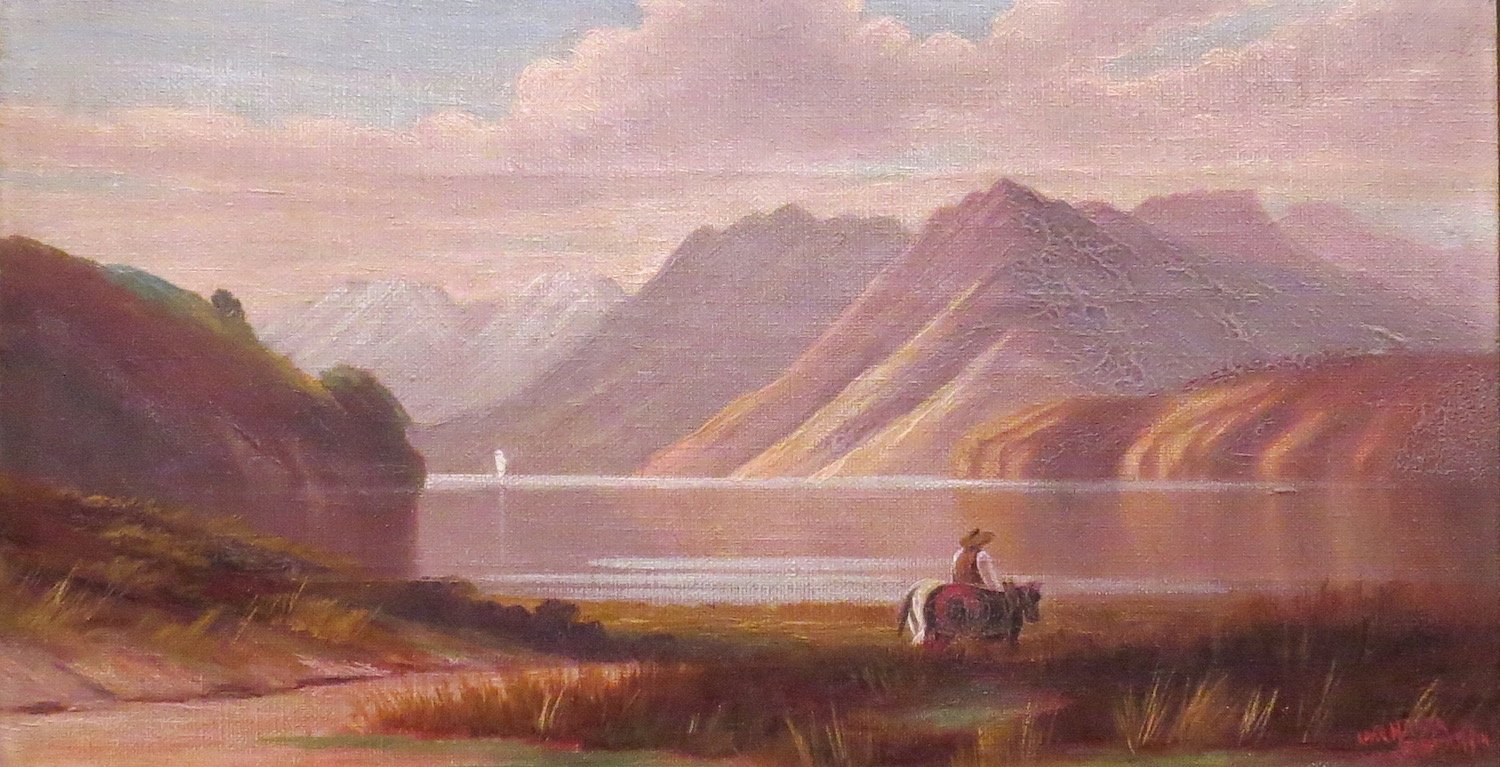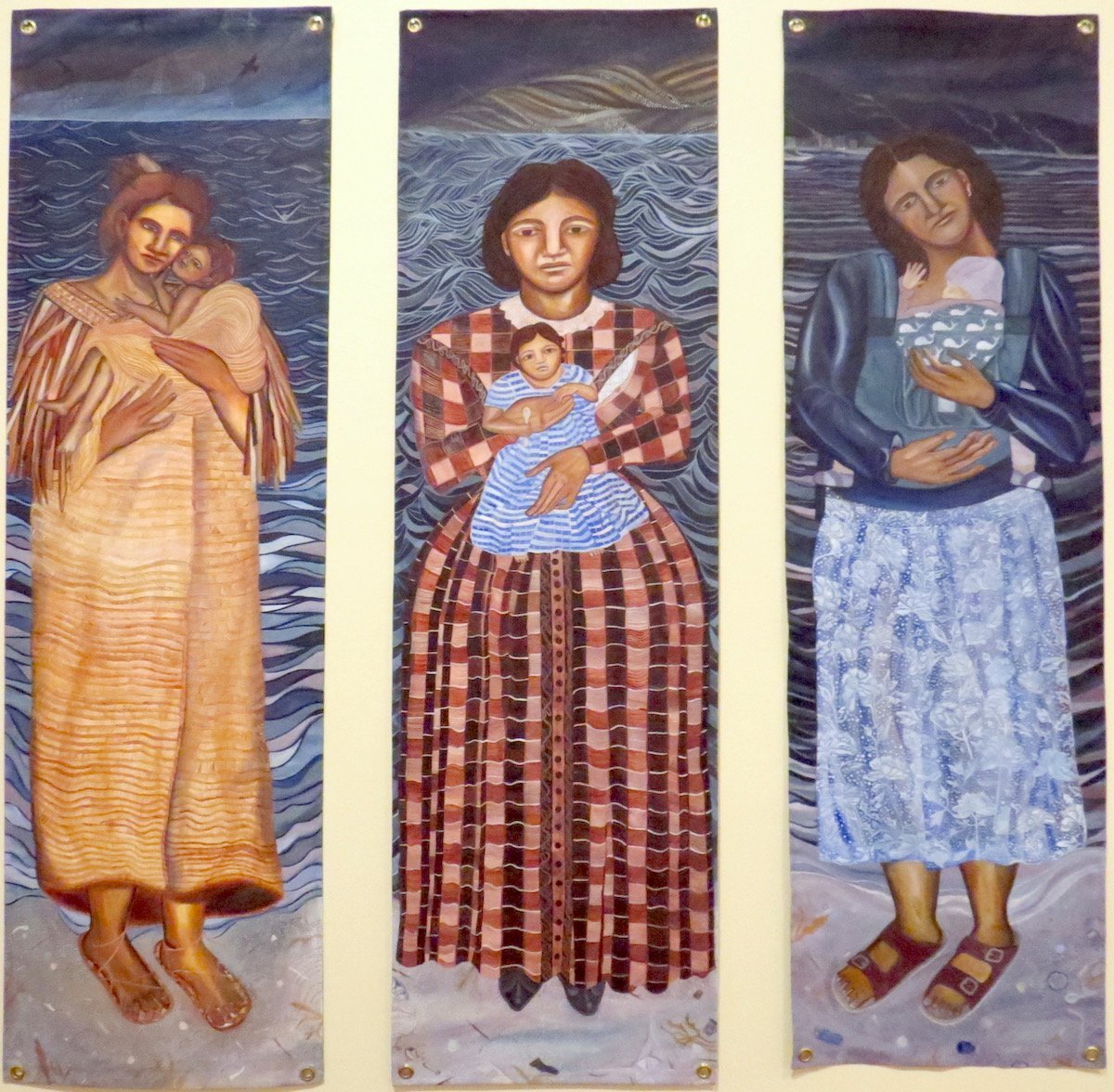By James Dignan

Dunedin Public Art Gallery’s latest long-term exhibition is "Huikaau: Where Currents Meet", a walk through the changing artistic attitudes of the gallery since its founding in 1884. The exhibition is co-presented by the gallery and local iwi, and introduces the Paemanu Collection, a loan collection of works by recent Kāi Tahu artists.
The name "Huikaau" is appropriate. Over the course of the gallery’s life the currents of European and Māori art have gradually come together, moving from a past where there was little or no contact, to current practice where the skills and styles of one group find expression in the work of the other. This is not so much a case of cultural appropriation as an indication of the blending of two threads into the tapestry of current New Zealand society and culture.
The term "Huikaau" is also appropriate in a coincidental way. The word contains within it the term "hui", and this exhibition is indeed a gathering, its works coming together with dialogue and stories. This feature of the exhibition is almost as important as the works themselves, although the pieces, whether medieval church icons or 21st-century abstracts, all have singular artistic merit.

The knowing curatorship of the exhibition also allows the works to enter into conversations with each other. A group of abstractions from across eight decades shows the development of local art style; a series of portraits and self-portraits do likewise. European church altarpieces and Islamic texts face each other across a space containing an installation with the subject of ascending to the heavens through traditional and tribal knowledge.
This is no mere coincidence, but rather an inspired way of creating an artistic dialogue. Two large works on unstretched canvas by Colin McCahon and Ralph Hotere and a smaller nearby panel by Kura Te Waru Rewiri continue the discussion, with Christian and traditional Māori knowledge sharing the stage with a call for protection of the earth.

The juxtaposition is jarring but poignant. It is also fitting that the exhibition is sharing the gallery with two major displays by women: Marilyn Webb’s exhibition draws heavily on her Māori whakapapa, and the other features works by Frances Hodgkins, whose art was at one time turned down for purchase by the gallery on the advice of an overseas critic.
As the viewer progresses through the gallery, the disparity between cultural strands becomes less and less, with European and non-European techniques and style slowly melding together. Kate Stevens West’s triptych, inspired by her Kāi Tahu ancestors, is not far away in style from the image of Michael Smither’s Pākehā family displayed opposite.
Between the two sits "Inside Tamatea", Ayesha Green’s view from Otakou Marae’s wharenui. It is as if the two halves of Aotearoa have been joined in a meeting, both being welcome manuhiri in the world of the other.
The exhibition is a fascinating display of art, and one that the gallery can take pride in hosting.












